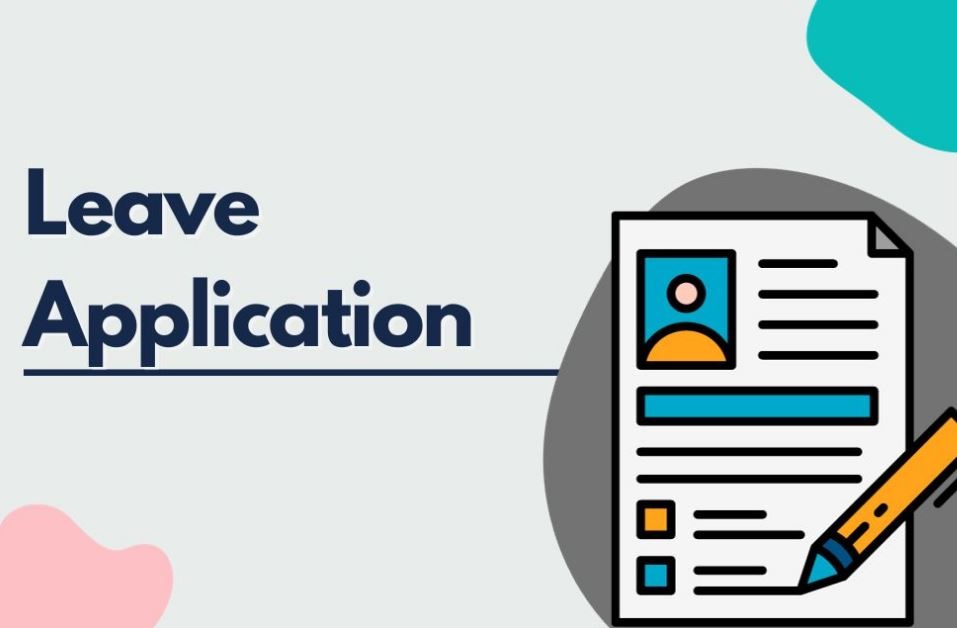
Writing a leave application for school is a task every student needs to master at some point. Whether it’s for a family emergency, illness, or a planned vacation, a well-written leave application is essential to maintain good communication with the school and ensure that the absence is formally recorded. In this article, we’ll take you through a step-by-step guide on how to write a perfect leave application for school. By following these steps, you can ensure your leave application is professional, respectful, and appropriate for the school environment.
Why is a Leave Application Important?
A leave application serves as a formal request for time off from school. It helps maintain transparency between students, parents, and the school administration. Teachers can plan lessons accordingly, and the school can keep track of students’ attendance records. Moreover, it demonstrates responsibility on the part of both the student and the parents.
Step 1: Understand the Reason for Leave
Before starting to write a leave application, you must clearly understand the reason for your leave. Whether it’s due to illness, a family function, or any other reason, make sure you know the details that you need to include. This will help in crafting a precise and honest leave application.
Common Reasons for Leave:
- Medical issues or illness
- Family events or emergencies
- Personal reasons like vacations or appointments
- Special occasions like festivals or religious ceremonies
Step 2: Follow the Correct Format
A leave application follows a specific format, which helps make the letter clear and professional. A standard leave application format generally includes:
- Date: Mention the date of writing the application.
- Recipient’s Details: Include the principal’s or class teacher’s name, designation, and the school’s name and address.
- Subject Line: A clear subject stating the purpose of the letter.
- Salutation: A formal greeting such as “Respected Sir/Madam.”
- Body of the Letter: This is where you provide details about the leave, including the reason and duration.
- Thank You Note: A polite conclusion expressing gratitude for considering the request.
- Signature: End the letter with the student’s and, if applicable, a parent’s signature.
Step 3: Write a Clear Subject Line
A subject line gives the reader a quick understanding of the letter’s purpose. Keep it short and direct, and ensure it relates to the content of your leave application. Here are a few examples:
- Subject: Application for Leave Due to Illness
- Subject: Request for Three Days Leave for Family Function
- Subject: Leave Application for a Medical Appointment
Step 4: Begin with a Formal Salutation
The salutation in a leave application should always be respectful. You can start with a phrase such as:
- Respected Principal,
- Dear Sir/Madam, This sets a professional tone and shows respect towards the recipient.
Also Read: Understanding CIBIL Scores: What They Are and Why They Matter for Loan Approval
Step 5: Provide Details in the Body of the Letter
The body of the letter is where you’ll explain the reason for your leave and provide the necessary details, such as dates and any additional information required. Here’s how you can break down the body of the letter:
a) Introduce the Reason for Leave:
Start by briefly mentioning the reason for your leave. Keep it to the point and avoid providing excessive details unless necessary.
Example: I am writing to inform you that I will not be able to attend school from [start date] to [end date] due to a medical condition.
b) Mention the Duration of the Leave:
Clearly mention the dates for which you are requesting leave. This is important so that the school administration can update their records.
Example: I will require leave from [start date] to [end date], and I will resume my classes on [return date].
c) Additional Information (if required):
If there are any additional details that the school needs to know (for example, a medical certificate), mention them here.
Example: I have attached a copy of the doctor’s certificate for your reference.
d) Offer to Catch Up on Missed Work:
It is always a good practice to offer to make up for any missed work during your absence. This shows responsibility and willingness to stay on track academically.
Example: I will ensure to cover any missed lessons and complete the pending assignments upon my return.
Step 6: Conclude with a Thank You Note
Your letter should end on a polite note. Express gratitude for considering your leave request. A simple sentence like “Thank you for understanding my situation” or “I would be grateful if you could approve my leave” will suffice.
Example: Thank you for your kind consideration. I look forward to your approval of my leave request.
Step 7: End with a Signature
In the end, sign the letter with your name and, if required, your parent or guardian’s name. The signature adds a personal touch to the leave application and makes it official.
Example: Sincerely,
[Your Name]
Class: [Your Class and Section]
Parent/Guardian Name (if applicable)
Tips for Writing a Good Leave Application
- Keep it Simple: Avoid over-complicating your letter. Stick to the main points.
- Be Honest: Provide a truthful reason for your leave.
- Use Polite Language: Maintain a respectful and polite tone throughout the letter.
- Proofread: Make sure there are no spelling or grammatical errors.
- Submit on Time: Submit your leave application in advance, if possible.
Conclusion
Writing a perfect leave application for school is a simple but important skill. By following the right format and ensuring that your tone is respectful and professional, you can create a leave application that will be well-received by the school administration. A well-written leave letter not only ensures your leave is granted but also maintains a positive relationship with your teachers and school staff.
Whether you are writing for a short illness or a long family event, following these steps will help you draft the perfect leave application with ease.








